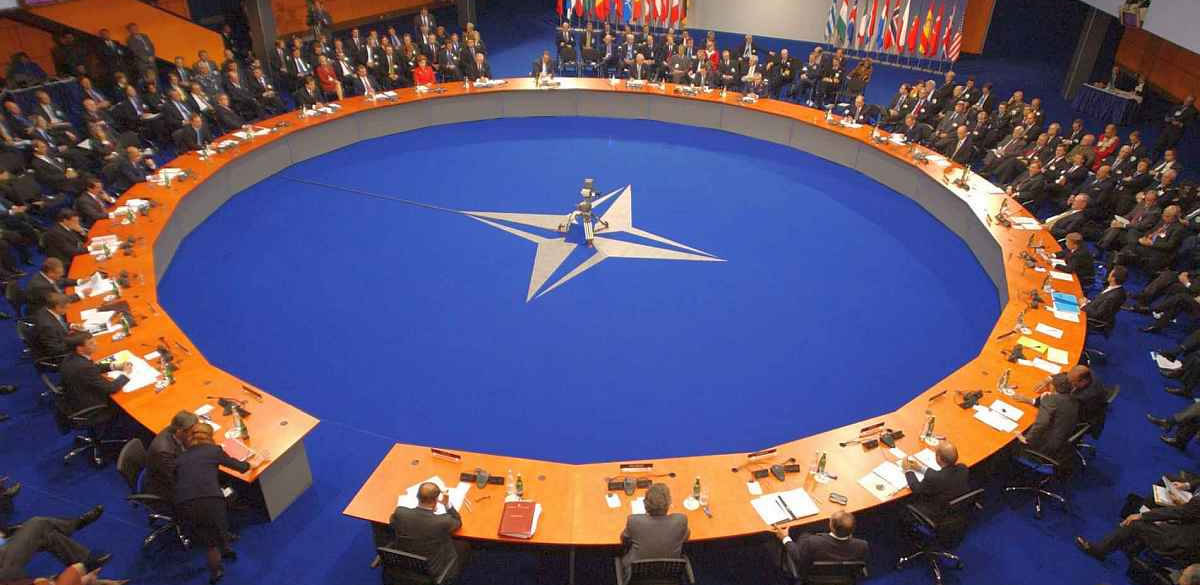The security context within which NATO is supposed to take action changes from one summit to another, especially in terms of the threats the members of the alliance are faced with. Thus, the idea to create the position of Assistant Secretary General for Intelligence is proof that the alliance is pragmatically evolving, possibly as a response to hybrid warfare. The challenge facing him/her will be to respond to and/or mediate the different dimensions of the concept of Secretary General for Intelligence. Thus, an analysis of the Assistant’s job environment is necessary.
Intelligence is all about connecting sources, analysts, and decision makers in order to develop functional operational capabilities. Thus, one needs individuals, information, the network and the link between the capabilities of those collecting and analyzing the information and those who base their decisions on the concerned piece of information. This entire mechanism produces effects at the social, political, and state administration levels.
To begin with, the individual dimension includes all the aspects related to the human factor, from recruitment, to selection, personal and leadership abilities, command, education, and training. Also, it includes structures, responsibilities, and roles, which in turn, are manifest in cultural boundaries, beliefs and differences that can influence the perception and/or understanding. The process includes the procedures, the political agreements, the legislation and the doctrines.
On this dimension, the challenges the alliance will face will come from both the human factor and the legislation. On the one hand, the organizational culture will not be able to alter the cultural traits of the national militaries. On the other hand, given the fact that many states have no legislation stipulating mechanisms for the diffusion of intelligence among national services, there is the risk that the information coming from the militaries make up an incomplete image of risks and threats.
Secondly, the intelligence dimension refers to information management, from data collection and interpretation, to rendering it into common formats, to sharing it, and making it available to decision makers according to security protocols and policies. As the West feels threatened by terrorism, the South by immigration and the East by Russia, multiple views on how to read and prioritize information will clash and the Assistant Secretary General will be called upon to mediate. At the same time, after the Brexit vote and the attempted coup in Turkey, the Alliance is running the risk of losing the unconditional faith in the military and of beginning to see the Alliance according to one’s own eyes.
Thirdly, the network dimension in concerned with the creation of the framework for intelligence sharing so basically, it is a system linking national, international and nongovernmental organizations and ensuring data security. As it is time consuming and expensive to operate, this dimension will be the biggest challenge. The current network, functional and protected as it is, is inadequate and hindered by the lack of mechanisms for the diffusion of intelligence among national services.
In terms of intelligence collection, the Alliance is well equipped and trained for hybrid warfare: the West is specialized in ELINT and SIGINT whereas the East is good at reading HUMINT. Thus, Russia’s neighbors can be an asset for the West but the West will have to support them with high technology, especially satellites.
Moreover, analysts are trained in terms of cultural, anthropological, social, economic and especially military skills and this is the area where the Assistant Secretary General will have the biggest impact. He/she will have to voice the Alliance’s need of excellency centers and the members’ need to use them at their full capacity.
Furthermore, decision makers are all those evaluating, predicting, simulating, planning, and actually making decisions as well as creating interfaces and services for data management. Whereas their professionalism is beyond doubt, their behavior in recent times (indirect support to Russia, human rights violations, veiled threat of some members) makes me wonder whether their future decisions will be correct. Dissensions between country leaders, hyped by the media will be one of the many challenges the Assistant Secretary General will face.
Finally, understanding the allied command and control environment presupposes the understanding of the global environment which in turn, has three interconnected dimensions: physical, cognitive and informational. Keeping an eye on all three dimensions leads to a unitary understanding of the situation, reduced risk conditions and convergent action, in terms of proceedings undertaken by agencies, defense branches, and governments. Thus, the intelligence part of all of the Alliance’s actions becomes the sine qua non. In order to have a comprehensive planning, stakeholders from all levels, and especially the Assistant Secretary General have to understand that the different parts of the system are interdependent and that these relations must be fully taken advantage of, for the security environment to be enhanced and not destroyed.




